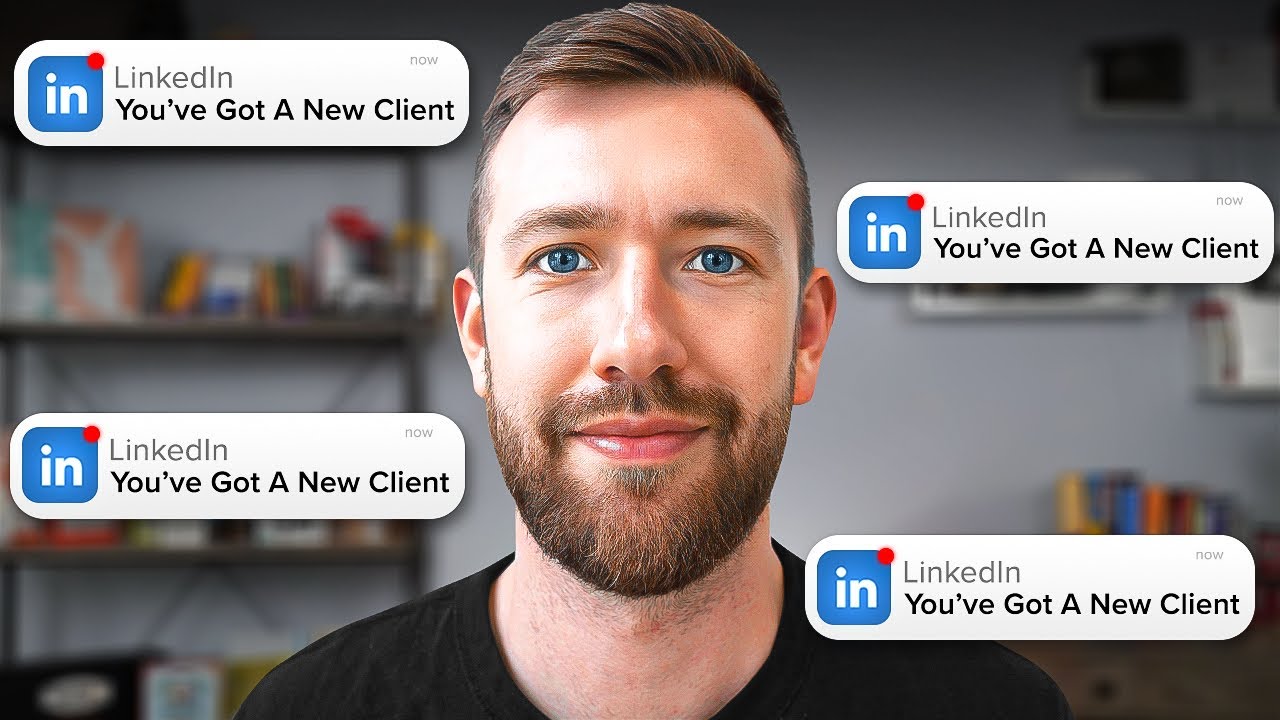Creating engaging content on LinkedIn is a game-changer for any marketer looking to grow their agency. When you post valuable content on LinkedIn, you’re not just sharing your work; you’re building trust, credibility, and a community of potential clients who are genuinely interested in what you offer. Your LinkedIn content strategy should be robust and approachable, showcasing your expertise while inviting connections. Here’s how to get started.
Setting Up Your LinkedIn Profile
Your LinkedIn profile can no longer be just a resume; it should be treated like a sales page. A properly optimized LinkedIn profile communicates the benefits you offer to potential customers. Here’s what to focus on:
- Header: Design a professional header that clearly states what your business does.
- About Section: Make the first two sentences engaging to capture attention.
- Featured Content: Highlight case studies, client work, and relevant videos.
Focus on the customer rather than just listing your achievements.
The relationships you nurture and the credibility you build through your profile will open doors to new opportunities.
“Your network is your net worth.”
Planning and Writing Your Content
Having a well-thought-out content strategy is essential. Aim to have 7 to 10 days’ worth of posts planned. Here are the types of content you should include:
- Giveaways: Offer valuable templates or checklists in exchange for comments or likes.
- Free Frameworks: Share simple one-page images or diagrams that your audience will find useful.
- Case Studies: Highlight your client work to remind people of the services you provide.
- Filler Posts: Use AI tools to generate quick, engaging posts on industry topics.
- Personal Posts: Share your journey to connect on a deeper level with your audience.
Giveaways
Giveaways are a highly effective way to engage your audience. People love free resources that can help them in their daily tasks. Examples of successful giveaways include:
- Experimentation idea templates
- Cheat sheets for B2B SaaS marketing
- Google ads strategies
These posts get people to interact with your content and help build your mailing list.
Free Frameworks
Free frameworks are another great way to add value. Create simple, actionable frameworks and share them with your audience. For example:
- A B2B lead generation strategy
- Steps for creating effective landing pages
- Social media marketing templates
These posts not only attract attention but also position you as a thought leader in your niche.
Highlighting Client Work
Highlighting client work or case studies reminds your audience of the services you offer. Even if these posts receive less engagement, they are essential for reinforcing your brand’s expertise. Examples include:
- Sharing ad creatives developed for clients
- Posting videos showcasing your work
- Highlighting successful campaigns
These posts maintain your relevance and improve your credibility.
Filler Posts
Filler posts are quick updates on industry trends or issues that keep your profile active and engaging. Use AI tools like Post Strips to generate these posts effortlessly. Examples include:
- Quick polls on industry topics
- Short insights on new marketing strategies
- Questions that invite discussion
These posts fill gaps between more significant updates and keep your audience engaged.
Personal Posts
Personal posts help to humanize your brand. Share stories about your journey or experiences to build a deeper connection with your audience. Examples include:
- Posting about a recent milestone or achievement
- Sharing a picture with a personal story behind it
- Writing about challenges you’ve overcome
Make sure these posts are genuine and relatable.
Consistency is Key
To make an impact, consistency is crucial. Respond to comments, follow up with connections, and keep your profile active. Here’s what to do daily:
- Connect with 10-15 people relevant to your industry.
- Engage with their content by leaving meaningful comments.
- Follow up with anyone who interacts with your posts.
Avoid using automated tools for these tasks. Personal engagement is far more effective and less intrusive.
Practical Tools for Planning
There are several tools available that can make your LinkedIn content plan more efficient. Tools like Advanced LinkedIn Content Plan Generator can offer you a wealth of ideas based on your target audience. Combine these tools with AI-based content generators to schedule posts seamlessly.
Sample Execution
For example, here’s how you could structure a week’s worth of content:
- Monday: Free Framework – A B2B lead generation strategy.
- Tuesday: Giveaway – A cheat sheet for Google Ads.
- Wednesday: Highlight Client Work – Case study on a successful campaign.
- Thursday: Filler Post – Quick poll on industry trends.
- Friday: Personal Post – Sharing your journey with a relatable story.
By following this structure, you maintain a balanced and engaging profile.
Next Steps
Once you have a good content strategy, go the extra mile by connecting and following up with new contacts. Your content will naturally bring in leads, but always stay proactive. Nurture these relationships without being too aggressive.
Building a strong LinkedIn presence doesn’t happen overnight. It requires dedication and a consistent effort to post, engage and follow up. Start small, keep it personal, and always add value. The results will follow.
